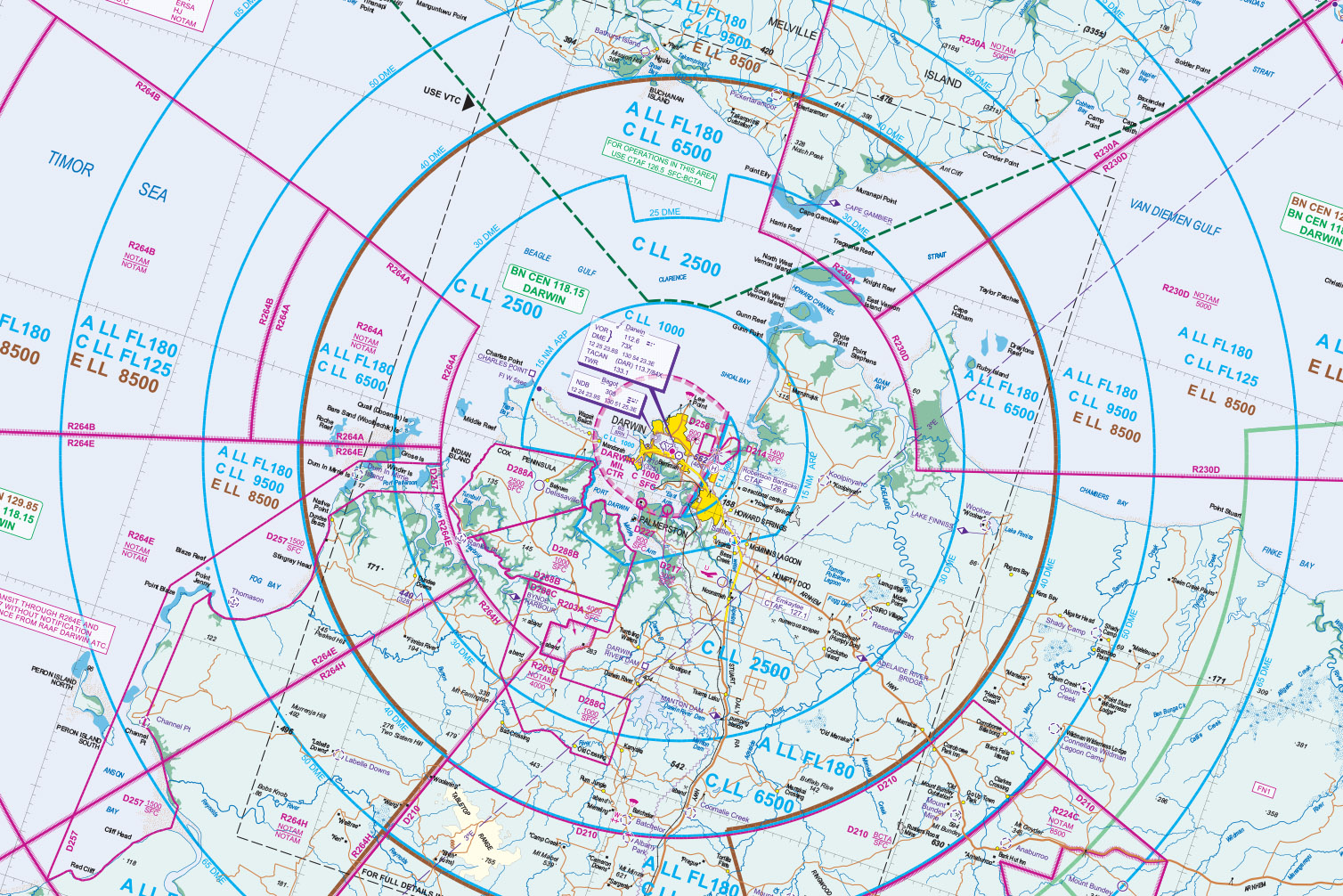
Loss of separation incidents in Department of Defence controlled airspace around Darwin, Townsville and Williamtown/Newcastle airports have reduced significantly, the Australian Transport Safety Bureau (ATSB) has found.
As a consequence, the ATSB has now formally closed a Safety Recommendation it made to the Department of Defence in October 2013 following a research investigation into loss of separation occurrences, where there the minimum separation distances between aircraft was infringed, in Australian airspace between 2008 and 2012 (AR-2012-034).
“The ATSB issued a Safety Recommendation calling on the Department of Defence to review processes and risk controls in place to reduce both the disproportionate risk of loss of separation incidents in military terminal area airspace, particularly around Darwin and Williamtown, as well as the higher rate of air traffic controller actions contributing to loss of separation incidents,” said ATSB Director Transport Safety Dr Stuart Godley.
Darwin, Townsville and Williamtown/Newcastle airports are all joint-user airports with civilian and military traffic and where air traffic services are provided by the Department of Defence.
Follow-up ATSB analysis has found that all three locations had a lower rate of reported ATC-contributed loss of separation incidents.
At Darwin and Townsville, the ATSB notes that Defence has implemented Traffic Management Plans which have introduced a significant level of strategic separation principles for civil and military aircraft operating to and from both airports, enable predictability and certainty for civil aircraft operations as well as flexibility for military aircraft, in particular fighter type aircraft. Further, Defence continues to actively progress the recommendations and findings of an October 2015 joint CASA and Department of Defence aeronautical study of Williamtown airspace.
“Follow-up ATSB analysis has found that all three locations had a lower rate of reported ATC-contributed loss of separation incidents from 2013 to 2018 compared to the original research investigation period of 2008 to 2012,” said Dr Godley.
“While there is still an elevated risk of a loss of separation incident at Darwin due to pilot actions, the ATSB notes the unique mix of traffic at Darwin compared to comparable airports, and notes the Department of Defence’s commitment for an ongoing review of the traffic management plan at Darwin.
“Ongoing review may provide further opportunities to reduce the LOS incident rate at Darwin, in particular, those involving pilot errors.”
Dr Godley noted that a loss of separation occurrence does not necessarily mean there was a risk of collision between aircraft, or that the incident was a ‘near miss’, rather that separation standards were not maintained.
“Aircraft separation standards are set to ensure that the chance of a mid-air collision is very remote,” Dr Godley noted. “When they are infringed, there are fewer defences left to guard against a mid-air collision.”
Read the Safety Recommendation


